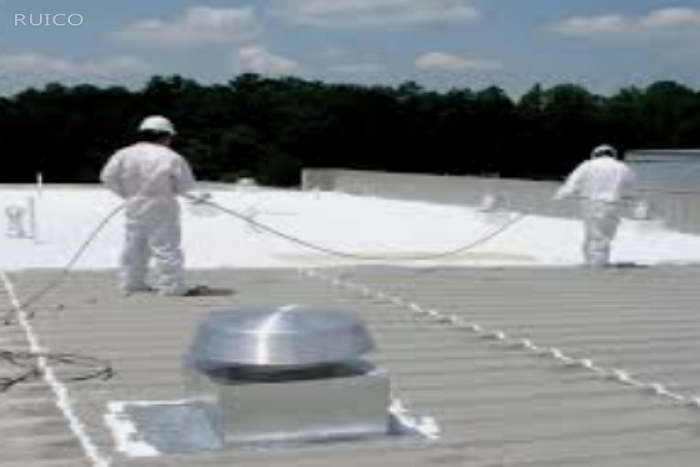Update:No matter which type of acrylate rubber, there are two common features of its molecular structure:One is high polarity;T...
No matter which type of
acrylate rubber, there are two common features of its molecular structure:
One is high polarity;
The second is complete saturation.
So that it has superior resistance to mineral oil and high temperature oxidation resistance. Its oil resistance is second only to fluorine rubber, and is similar to nitrile rubber with medium and high acrylonitrile content. The heat resistance is between general-purpose rubber and silicon and fluorine rubber. It is 30~60℃ higher than nitrile rubber.
The maximum temperature is 180℃. It can reach 200℃ for intermittent and short-time use. It can be heated at 150℃. There is no obvious change in performance after air aging for several years.
In addition, the most important thing is that it is very stable to extreme pressure lubricants containing sulfur, chlorine, phosphorus and other extreme pressure agents. The use temperature can reach 150°C, and the intermittent use temperature can be higher. But nitrile rubber with double bond in oil containing extreme pressure agent, when the temperature exceeds 110 ℃, it will be significantly hardened and become brittle. Acrylic rubber also has excellent ozone resistance, air tightness, resistance to flexion and crack growth, as well as resistance to UV discoloration.
